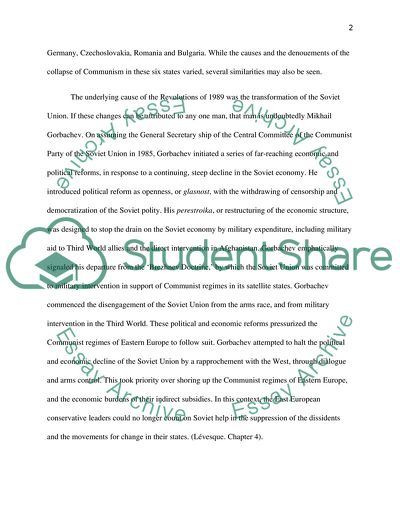Cite this document
(The Fall of Communism in East Europe Case Study, n.d.)
The Fall of Communism in East Europe Case Study. Retrieved from https://studentshare.org/history/1722475-political-change-in-europe-international-politics
The Fall of Communism in East Europe Case Study. Retrieved from https://studentshare.org/history/1722475-political-change-in-europe-international-politics
(The Fall of Communism in East Europe Case Study)
The Fall of Communism in East Europe Case Study. https://studentshare.org/history/1722475-political-change-in-europe-international-politics.
The Fall of Communism in East Europe Case Study. https://studentshare.org/history/1722475-political-change-in-europe-international-politics.
“The Fall of Communism in East Europe Case Study”, n.d. https://studentshare.org/history/1722475-political-change-in-europe-international-politics.


